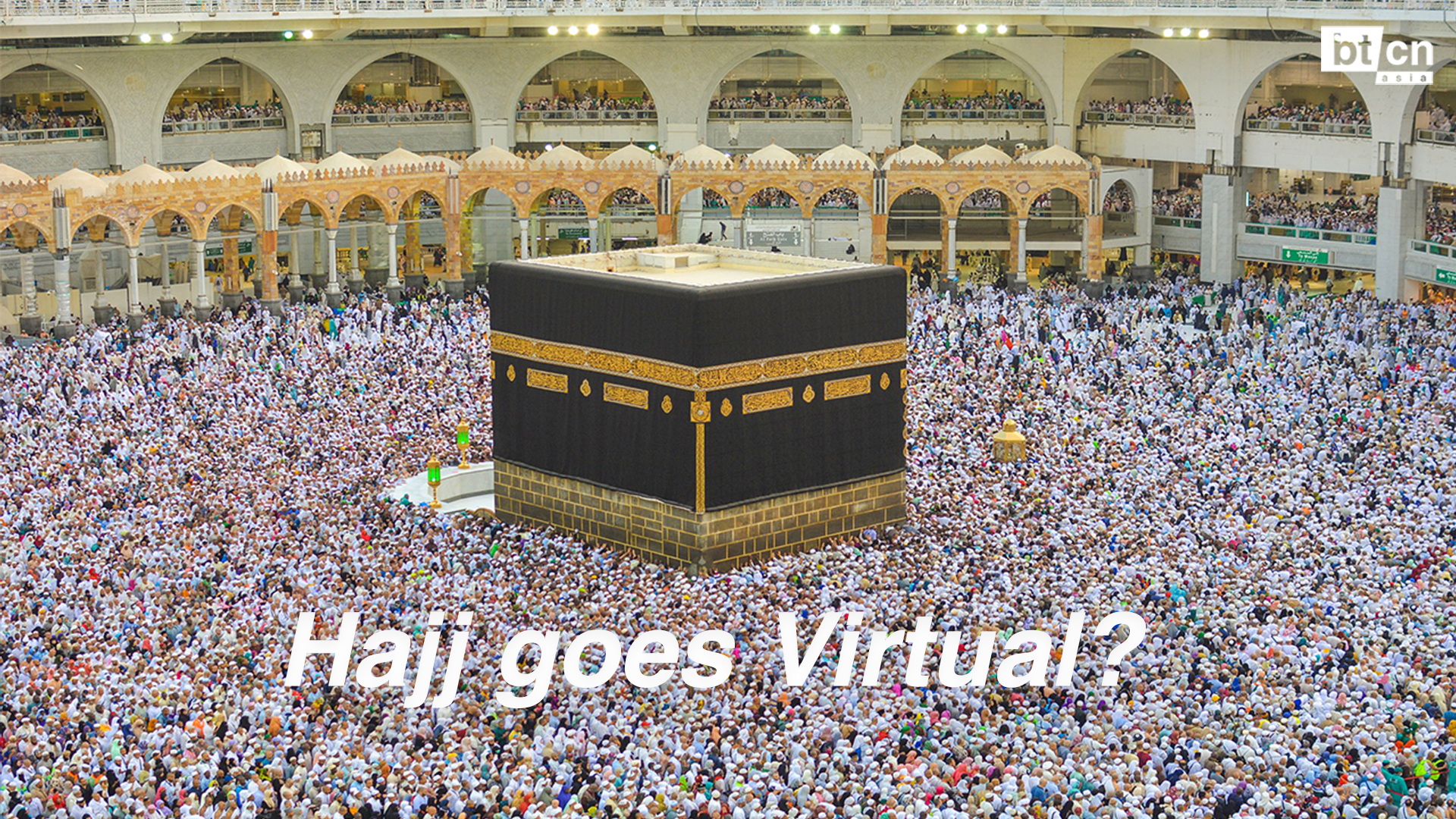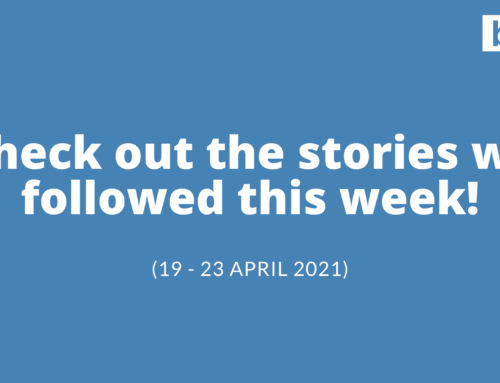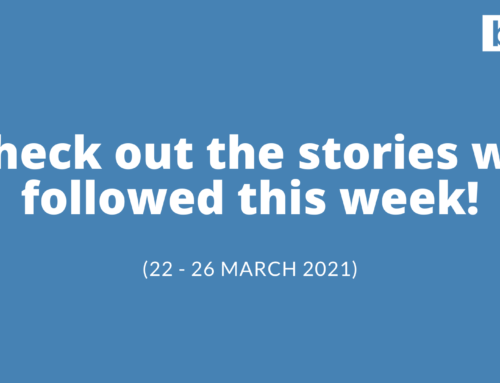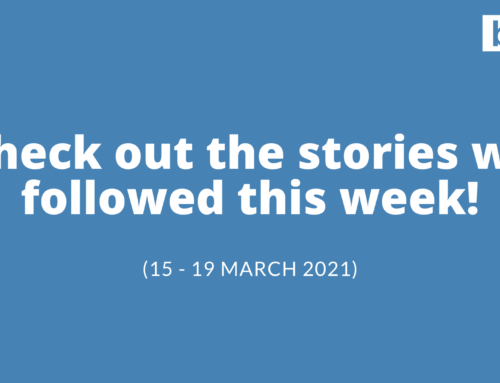They say Hajj is the biggest human migration on Earth. In normal years, the simultaneous arrival of 2 million devotees in Mecca for 10 days makes Hajj a huge logistical challenge, even at the best of times. Unfortunately, this year is not the best of times. And like so many things, Hajj has also had to adapt.
Enter VR
Pakistani start-up Labbaik VR has been making headlines this week as it prepares to launch what’s set to become the world’s first fully 3D Hajj and Umrah virtual reality simulator. While the full VR version requires an Oculus Rift, HTC Vive, Samsung Gear or similar, there’s a more widely accessible mobile app version going live in the next few days to coincide with the official start of Hajj.
The company originally created the simulator as a pre-departure training tool for pilgrims, but quickly pivoted several months ago as the pandemic began curtailing international travel. Prior to that, its B-2-B form had already been successfully beta tested to train 30,000+ travelers in 2019.
While VR obviously can’t replace the real thing, for the roughly ≥97% of muslims who are never able to attend Hajj during their lifetime, it offers an interesting opportunity. And while most of those people won’t have access to VR goggles, the mobile Android version in the coming days could, in theory empower hundreds of millions of devotees who can’t access VR equipment, but do have low-cost smartphones. Not to mention, it’s an opportunity for interested, non-Muslims who are not physically allowed to enter the holy city of Mecca, to see aspects of the Hajj for themselves.
The app is based on 80,000 ultra-high resolution (8K) photographs, allowing users to do VR walkthroughs of important sites including the Great Mosque and the Ka’bah, as well as see the main sites like the Makkah Royal Clock Tower, with multi-language explanations of important rituals and sites.
Disruption Déjà Vu?
While 2020’s seen a lot of unprecedented events, this isn’t the first time the Hajj has been disrupted.
The Hajj has been disrupted or substantially curtailed around 40 times in the last fourteen centuries, due to everything from drought and famine, to attacks by desert raiders – with the Hajj not being held for over a decade in the 10th century, due to political turmoil in the area around Mecca. This year’s not even the first time it’s been disrupted by a disease outbreak; Hajj was severely impacted several times in the 19th century, due to cholera and bubonic plague.
The Economic Impact of Hajj
Covid is bad news for everyone, but for Saudi Arabia the situation’s even more nuanced, since on one hand they would need to deal with the logistical nightmare of 2 million foreign arrivals amidst a pandemic. On the other hand, religious tourism accounts for an estimated 20% of Saudi Arabia’s non-petro chemical GDP – making canceling Hajj a catch-22 – all at a time when the national budget has already ballooned to an estimated 15% fiscal deficit for 2020 (up from 4.5% deficit in 2019). In light of which, the Kingdom’s taken what’s probably the most pragmatic decision given the circumstances – allowing only in-country pilgrims to attend this year’s Hajj.
Is there a silver lining?
While the biggest news stories in recent months are understandably about the chaos Covid’s wrought in every corner of the global economy, some of the most interesting developments so far this year have been how technology, especially VR is being used in new ways to circumvent the situation.
In this case, Covid’s created the framework to take one of the world’s most historic events, in an entirely new direction, and while VR can never truly replace the most meaningful experiences, for the world’s estimated 1.8 billion muslims, it offers an entirely new opportunity to express their faith.






